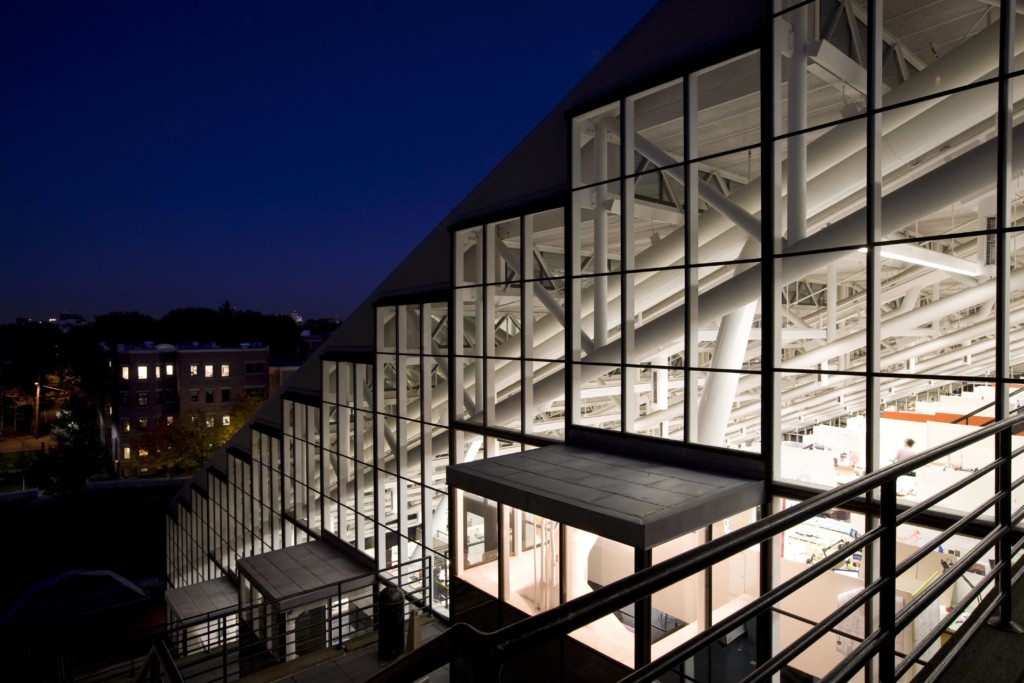
I first came to know John Andrews during my studies at McGill University in Montreal, as students became aware of this young, somewhat brash Australian architect who had mysteriously landed on Canadian shores. Andrews, a 1958 graduate of the Harvard Graduate School of Design, worked for John B. Parkin Associates in the late 1950s, when it was Canada’s preeminent modernist firm, and soon after that he was in practice on his own. His design for Scarborough College—a large concrete complex in Toronto built in 1964—received much attention, as did other Canadian projects.
Some years later, in the mid-1970s, I gave a lecture about Habitat 67 in the newly completed Gund Hall. I was deeply impressed: its cross section seemed to embody the program of a design school, in particular an architecture school; a great terraced studio space encouraged interaction and contact between students and faculty, under and beside which a series of workshops, classrooms, and offices were located. In those days, the student population was smaller, and Gund Hall seemed spacious. Imbued with light, the studio terraces were filled with energy. I thought then, as I do today, that this was his finest work.

Years later, I learned that Andrews had returned to Australia. I was at first surprised given his meteoric rise in Canada and the United States and the many opportunities ahead of him. He didn’t seem to travel outside Australia, and one did not hear much about the work he was doing. I came to understand that he chose to return to his native land because he wanted to make a professional contribution there in the later phase of his practice.
I believe Gund Hall to be one of the finest buildings for the study of architecture in the world. Its organization really works. Of course, no one could have predicted that the population of the school would grow two to three times in size. We have not always been kind to the building as we attempted to accommodate this growth. It saddened me last week, upon Andrews’s passing, that many students were not aware of the fact that he had designed the building. The GSD has planned an exhibition about Gund Hall to mark its 50th anniversary, which will redress this blind spot.
Andrews was a committed architect. He was a builder architect. His buildings bespeak materials and methods. They are always clearly organized and can be well understood. He designed institutions with a sense of community.
